Donato Acciaiuoli, Charlemagne’s Life
On 2 January 1462 the Florentine ambassadors presented the recently crowned Louis XI of France (1461-1483) with this manuscript. The biography of Charlemagne, the first Holy Roman Emperor (800-814) and a revered model-ruler, was a fitting and flattering gift for the new king of France.
A superb example of Florentine scholarship and Renaissance book design, this volume was also a subtle tool of cultural diplomacy. It evoked the ideal of the Renaissance prince while demonstrating Florence’s intellectual and artistic superiority. The author, Donato Acciaiuoli (1429-1478), was a distinguished scholar and diplomat. His friend, Vespasiano da Bisticci (c. 1422-1498), the most influential Tuscan book dealer of the day, oversaw the manuscript’s production. He employed two masters of Renaissance book making, the Humanistic scribe Messer Piero di Benedetto Strozzi (1416-c. 1492), and one of the Medici’s favourite illuminators, Francesco di Antonio del Chierico (1433-1484). The close relationship between author, scribe, artist and book agent demonstrate the importance of this manuscript to the Florentine ruling elite. The volume was produced quickly – between Louis XI’s coronation on 15 August 1461 and 27 October 1461 when the Florentine ambassadors set off for France.
Learn more about the manuscript by exploring the sections below or selecting folios on the right. Discover further details by choosing any of the folios with the hotspot symbol ![]() .
.
Two artists illuminated the manuscript: Francesco di Antonio del Chierico and one of his close associates.
The manuscript was made for Louis XI of France (1461-1483). By 1811, it belonged to Auguste Chardin (c. 1750-1823). Richard, VII Viscount Fitzwilliam of Merrion (1745-1816), acquired it in 1814 and bequeathed it to the Fitzwilliam Museum in 1816.
The dedication page displays an elegant design modelled on Carolingian manuscripts, but updated with the royal arms of France. The author’s prologue and the main text open with gold initials and full borders of white vine scrolls. The rest of the text has no ornamentation.
The artists’ delicate palette includes lead white, azurite, a copper-carbonate green, red lead and lead-tin yellow. Pink and purple hues were obtained with two organic dyes. Mosaic gold is present alongside shell gold and gold leaf. Black pigments are notably absent. They are substituted by earth pigments and probably iron-gall ink, used to obtain a variety of brown hues. Despite overall similarities, some slight differences exist between the pigments used on different folios.
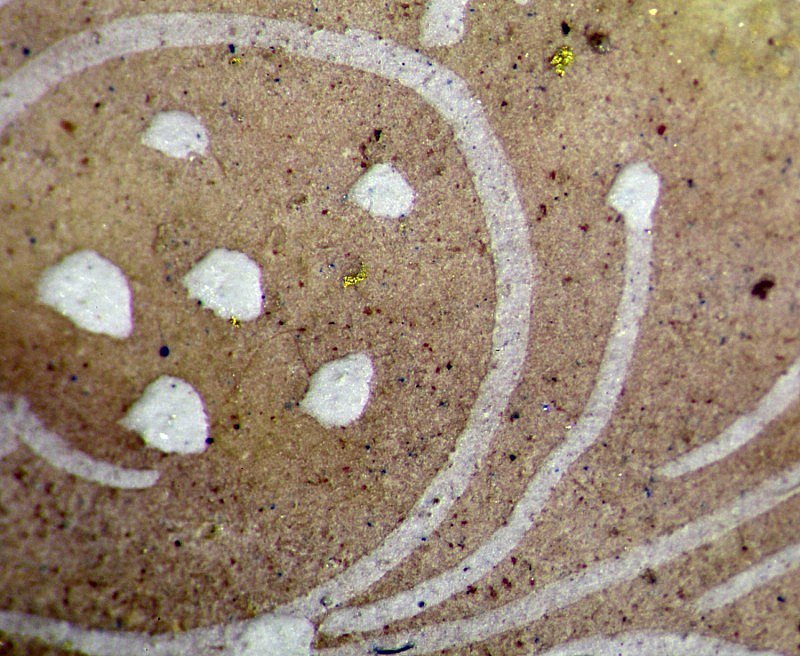
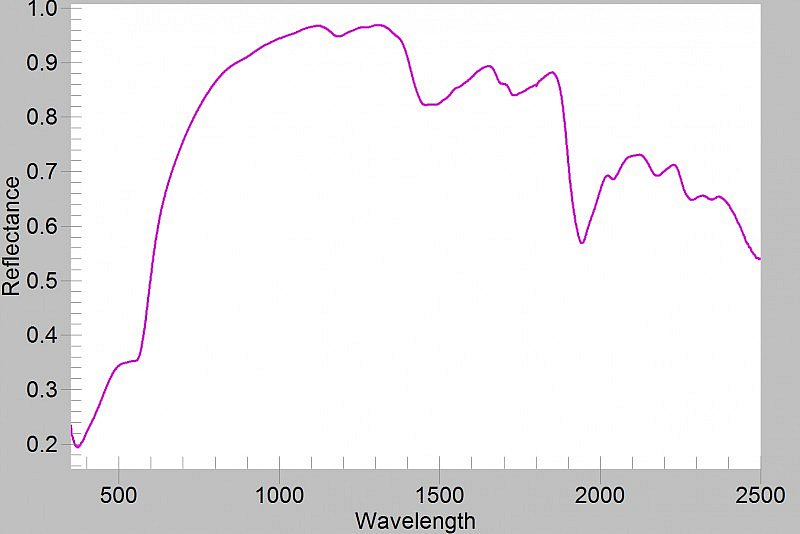
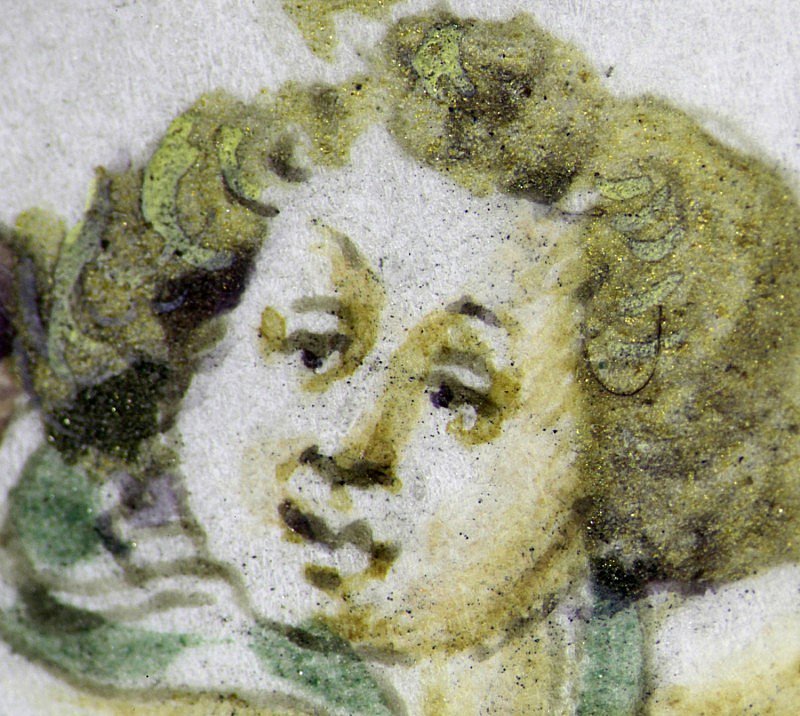
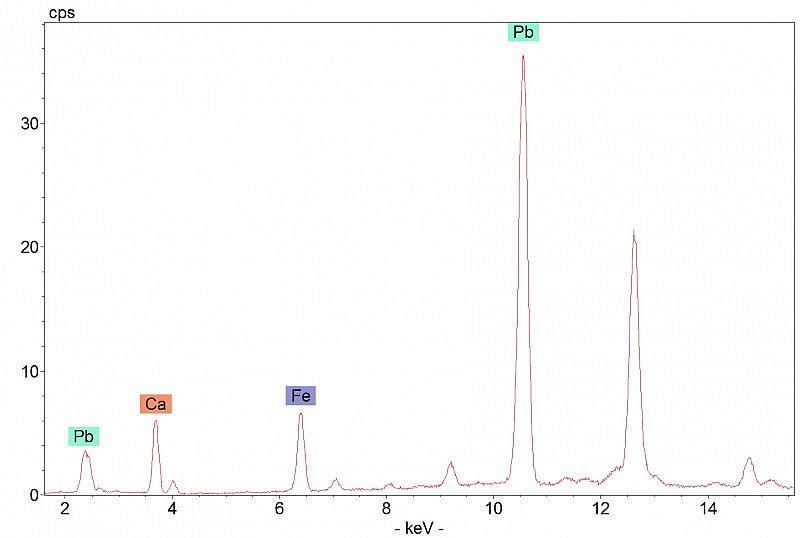
_cropped_HS2a.JPG)
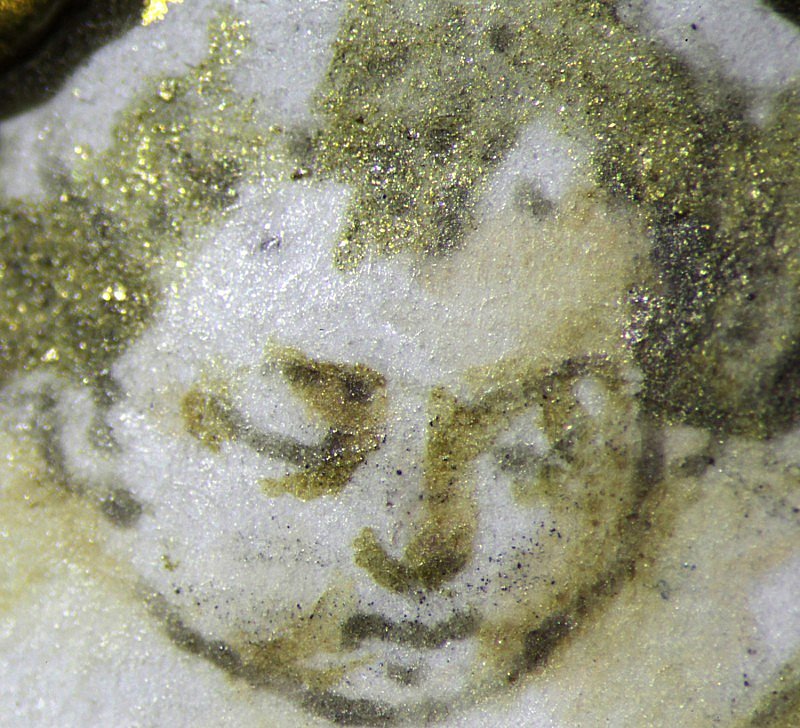
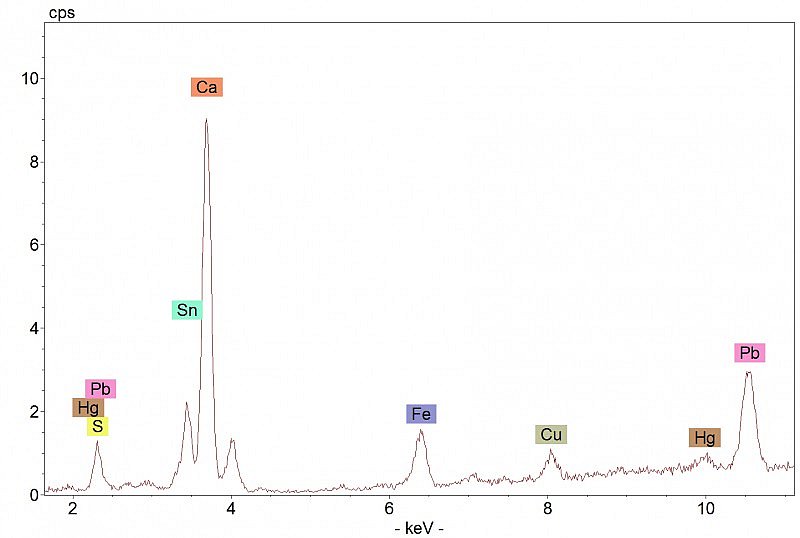
Dedication to Louis XI
The dedication to Louis XI of France is written in gold and azurite blue capitals within a blue, green and pink medallion (hotspot 1) supported and flanked by cherubs (putti). It is surmounted by the royal arms of France, also supported by putti, with two more kneeling above the shield. The putti’s flesh tones and hair were painted with a subtle but effective technique which exploits the creamy white colour and the texture of the parchment, which is left showing in most areas (hotspots 2-4).